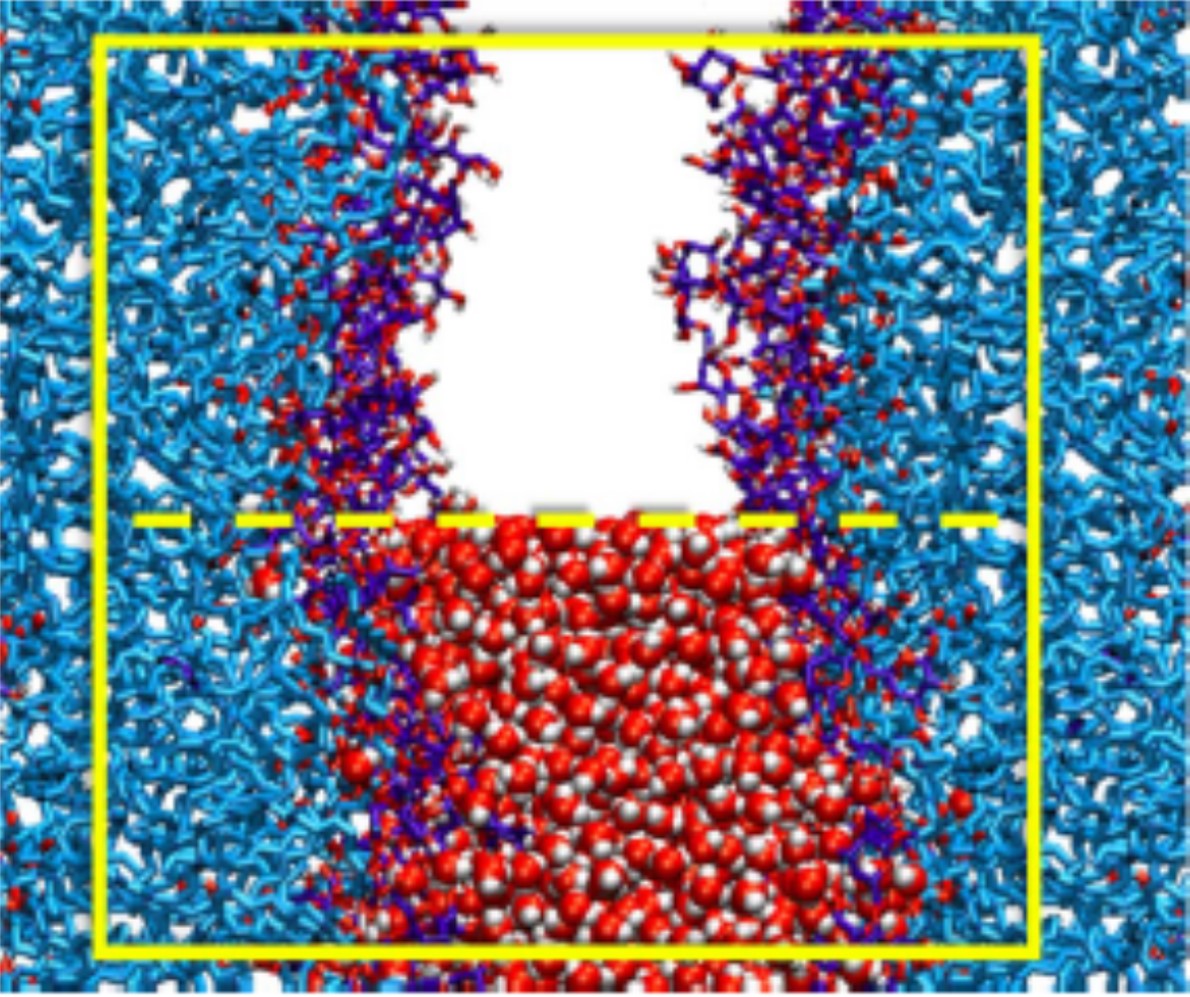The effectiveness of photosynthesis partly relies on the immense surface area available to capture light. The latter is made possible by the shape of photosynthetic membranes, which look like bags that have been flattened and stacked on top of each other. These biological membranes are composed of a matrix of lipids into which proteins are inserted—proteins involved in the photosynthesis process in particular. Until now, the lipids were simply considered for their filling role, forming a fluid matrix allowing the proteins to move laterally. Proteins were thought to be the sole responsible for adhesion forces. Yet in some cases, it has been observed that, despite the absence of these protein, the stacking is preserved. Intriguingly, four lipids are conserved in all photosynthetic membranes, from cyanobacteria to algae and plants— in particular, the lipid called digalactosyldiacylglycerol (DGDG).
Researchers at CEA-BIG and Institut Laue Langevin (ILL) have shown that DGDG is responsible for the tight cohesion between membranes. The team used neutron reflectometry, a neutron diffraction technique for the analysis of very thin samples. The cohesive force resulting from the DGDG is remarkably high, since it compensates for the electromagnetic repulsion exerted by negatively charged lipids mixed with the DGDG. The sugars carried by DGDG are the ones responsible for cohesion. The teams from CEA-BIG and ILL, in collaboration with teams from Germany, were able to decipher this phenomenon through modeling and molecular simulations.
This work highlights the significant contribution of lipids to the architecture of photosynthetic membranes. It also answers the question of why it was maintained throughout evolution, as well as creates opportunities to use the sugars for the development of biomimetic membrane stacks.
 © Emmanuel Schneck
© Emmanuel Schneck